
| Date: | Sunday 1 March 2015 |
| Time: | 16:15 |
| Type: |  Canadair CL-600-2B16 Challenger 601-3A |
| Owner/operator: | Six Hundred NP, LLC |
| Registration: | N600NP |
| MSN: | 3002 |
| Year of manufacture: | 1983 |
| Total airframe hrs: | 15771 hours |
| Engine model: | General Electric CF34-3A |
| Fatalities: | Fatalities: 0 / Occupants: 9 |
| Aircraft damage: | Substantial, written off |
| Category: | Accident |
| Location: | Marco Island Airport, FL (MRK) -
 United States of America United States of America
|
| Phase: | Landing |
| Nature: | Executive |
| Departure airport: | Marathon-Florida Keys Airport, FL (MTH/KMTH) |
| Marco Island Airport, FL (MRK/KMKY) | |
| Investigating agency: | NTSB |
| Confidence Rating: |
A Challenger 601-3A corporate jet, N600NP, experienced a landing overrun and subsequent collapse of the nose landing gear at the Marco Island Airport (MRK), Florida. Visual meteorological conditions prevailed at the time and an IFR flight plan was filed for the flight from Marathon-Florida Keys Airport (MTH), Florida. The airplane sustained substantial damage. The airline transport pilot and co-pilot, 1 flight attendant, and 4 passengers were not injured, 1 passenger sustained serious injuries, and 1 passenger sustained minor injuries. The flight originated from MTH about 15:54.
The pilot-in-command (PIC) stated that the landing dry and wet distances were calculated to be 3,166 and 4,166 feet, respectively. The flight departed MTH and while en route they obtained the MKY automated weather observing station (AWOS) which indicated the wind was from 250 degrees at 5 knots, and the visibility was 10 miles.
The PIC further stated they reviewed the speeds (Vref of 133 knots), and planned a visual approach to runway 17. Air traffic control approved their request for a visual approach, and they changed to the common traffic advisory frequency, entering left downwind for runway 17. They slowed, lowered the flaps to 20 degrees, and noted rain 2 to 3 miles east of MKY, though the airport appeared to be dry. When the flight was abeam runway 17, the landing gear was lowered and the flaps were extended to 30 degrees. The landing checklist was performed, and the anti-skid test was normal. The thrust reversers were armed, and he performed a "teardrop turn" to final. With flaps at 45 degrees, gear down, and flying Vref plus 10 knots, a couple of gusts were encountered during the approach. The co-pilot checked the AWOS again; the wind was still 250 degrees at 5 knots. He maintained a normal glide path at Vref plus 4 or 5 knots at the runway threshold, where he positioned both thrust levers to idle. The airplane was landed firm about 300 to 500 feet beyond the aiming point marking, and after touchdown he was unable to extend the ground spoilers. When the nose landing gear contacted the runway, he applied "moderate" brakes and held the control yoke forward, but felt no deceleration. He also attempted to deploy the thrust reversers but was unable.
The PIC informed the co-pilot there was no braking energy and released the brakes; the anti-skid was turned off and the brakes were re-applied pressing hard. He did not feel any deceleration, and again tried to deploy the thrust reversers, but was unable. He kept the airplane on the runway centerline, and began modulating the brakes. Unable to stop the airplane he added right rudder input causing the airplane to veer to the right. The airplane went off the end of the runway into sand causing the nose landing gear to collapse. After coming to rest he ordered an emergency evacuation, and secured the engines.
PROBABLE CAUSE: The failure of a spring inside the No. 2 brakes upper brake control valve and the fracture of the coupling subassembly of the No. 1 wheel speed sensor during landing, which resulted in the loss of braking action, and the pilot-in-commands (PIC) deactivation of the antiskid system even though there were no antiskid failure annunciations, which resulted in the rupture of the Nos. 1, 3, and 4 tires, further loss of braking action, and subsequent landing overrun. Contributing to accident were the PICs improper landing flare, which resulted in landing several hundred feet beyond the aiming point marking, and his unsuccessful attempts to deploy the thrust reversers for reasons that could not be determined because postaccident operational testing did not reveal any anomalies that would have precluded normal operation. Contributing to the passengers injury was his leaving his seat intentionally while the airplane was in motion.
Accident investigation:
 |
|
Sources:
NTSB
Location
Images:

photo (c) NTSB; Marco Island Airport, FL (MRK); March 2015; (publicdomain)
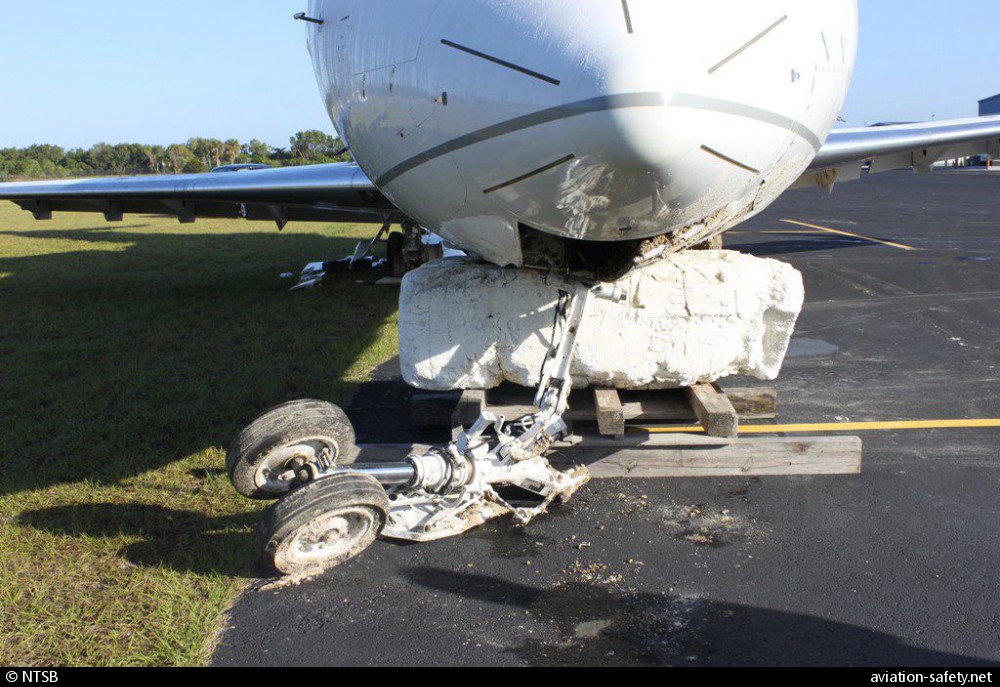
photo (c) NTSB; Marco Island Airport, FL (MRK); March 2015; (publicdomain)
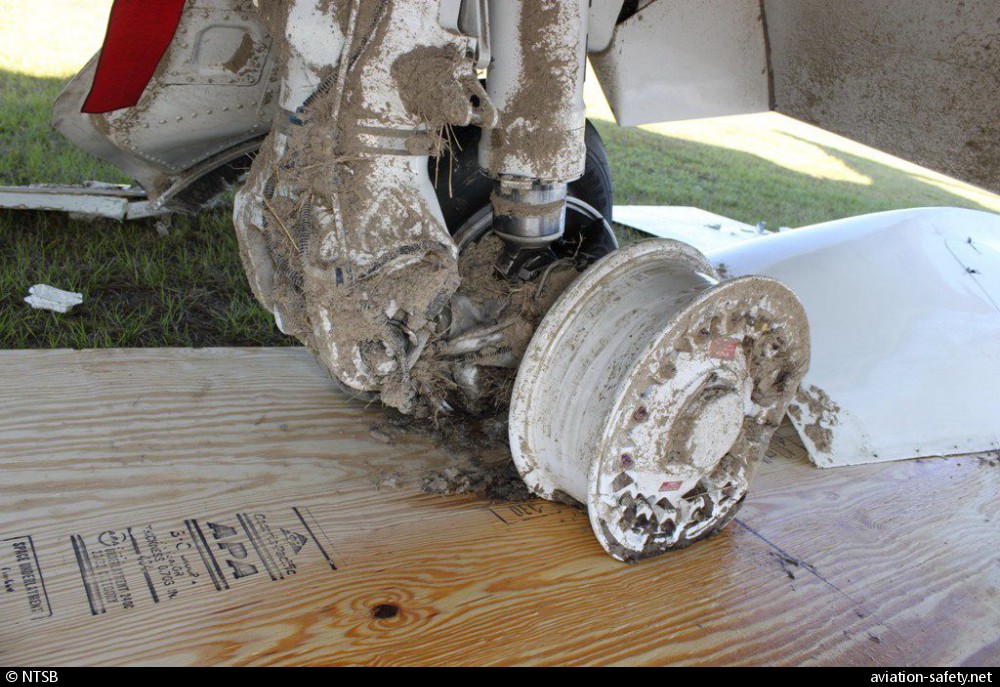
photo (c) NTSB; Marco Island Airport, FL (MRK); March 2015; (publicdomain)
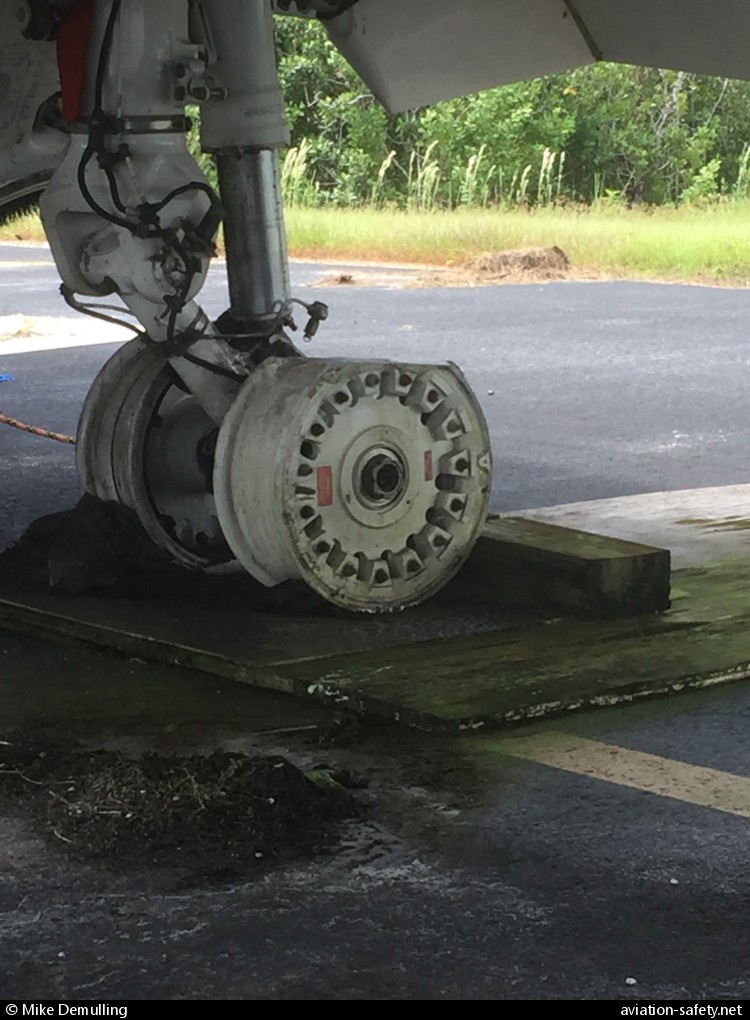
photo (c) Mike Demulling; Marco Island Airport, FL (MRK); 08 December 2017; (publicdomain)
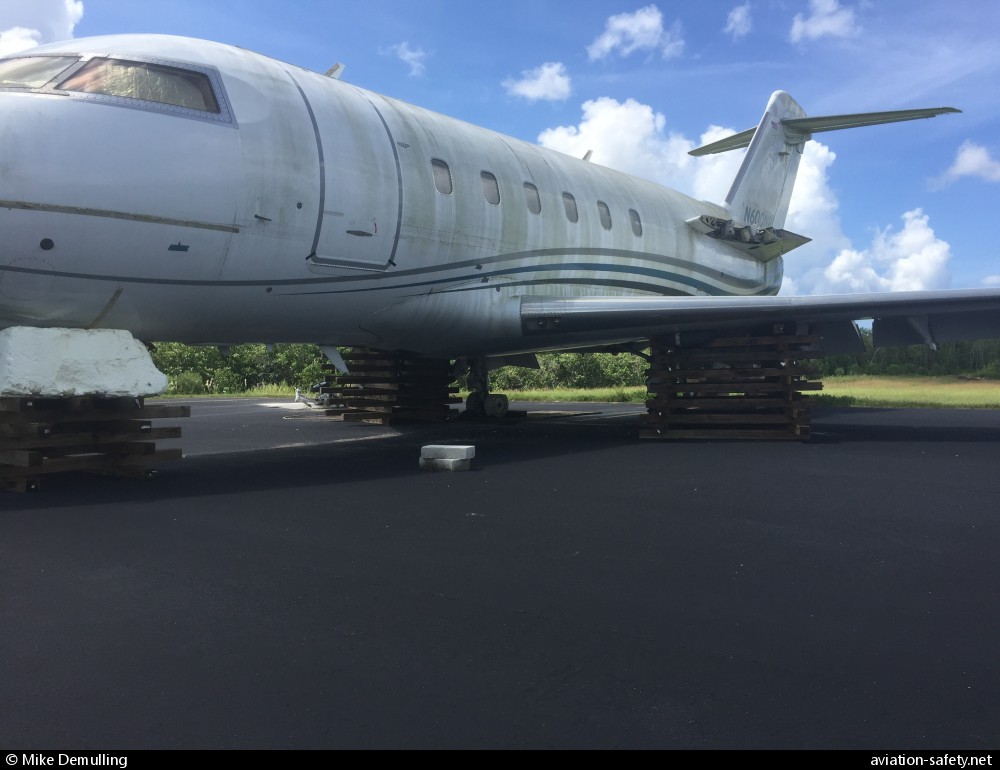
photo (c) Mike Demulling; Marco Island Airport, FL (MRK); 08 December 2017; (publicdomain)
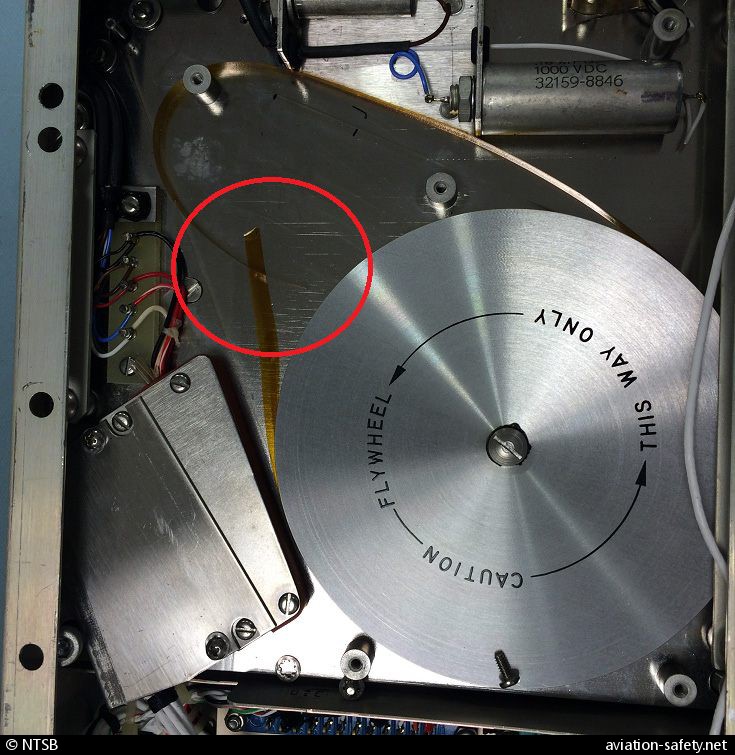
photo (c) NTSB; March 2015; (publicdomain)
Revision history:
| Date/time | Contributor | Updates |
|---|
The Aviation Safety Network is an exclusive service provided by:


 ©2024 Flight Safety Foundation
©2024 Flight Safety Foundation